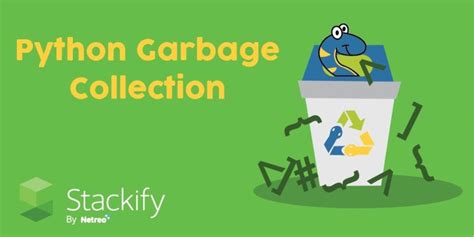Garbage collection is a process used in programming languages to manage memory allocation and deallocation. It works by automatically freeing up memory that is no longer being used, thus preventing memory leaks and other issues related to manual memory management. In this article, we will discuss how garbage collection works in programming languages.
Garbage collection works by tracking the objects that are created during program execution. When an object is no longer needed, it is marked as “garbage” and can be collected by the garbage collector. The garbage collector then reclaims the memory associated with the object and makes it available for reuse. This process helps ensure that memory resources are not wasted on unused objects.
The garbage collector typically uses one of two algorithms: reference counting or mark-and-sweep. Reference counting keeps track of the number of references to each object. If an object has no references, it is considered garbage and can be reclaimed. Mark-and-sweep starts by marking all objects as reachable. Then, any unreachable objects are swept away and their memory is freed.
Garbage collection is beneficial because it simplifies memory management and reduces the risk of memory leaks. Memory leaks occur when memory allocated for an object is never released, resulting in wasted resources. Garbage collection eliminates this problem by ensuring that memory is only allocated when necessary and is promptly released when no longer needed.
However, garbage collection does have some drawbacks. For example, it can cause pauses in program execution while the garbage collector runs. Additionally, garbage collection can be inefficient if there are many small objects that need to be tracked. Finally, garbage collection may require additional overhead due to the extra processing required to keep track of objects.
In conclusion, garbage collection is a useful tool for managing memory in programming languages. It helps prevent memory leaks and ensures that memory resources are not wasted on unused objects. However, it can also cause pauses in program execution and may require additional overhead. Therefore, it is important to consider the tradeoffs before deciding whether to use garbage collection in your project.
